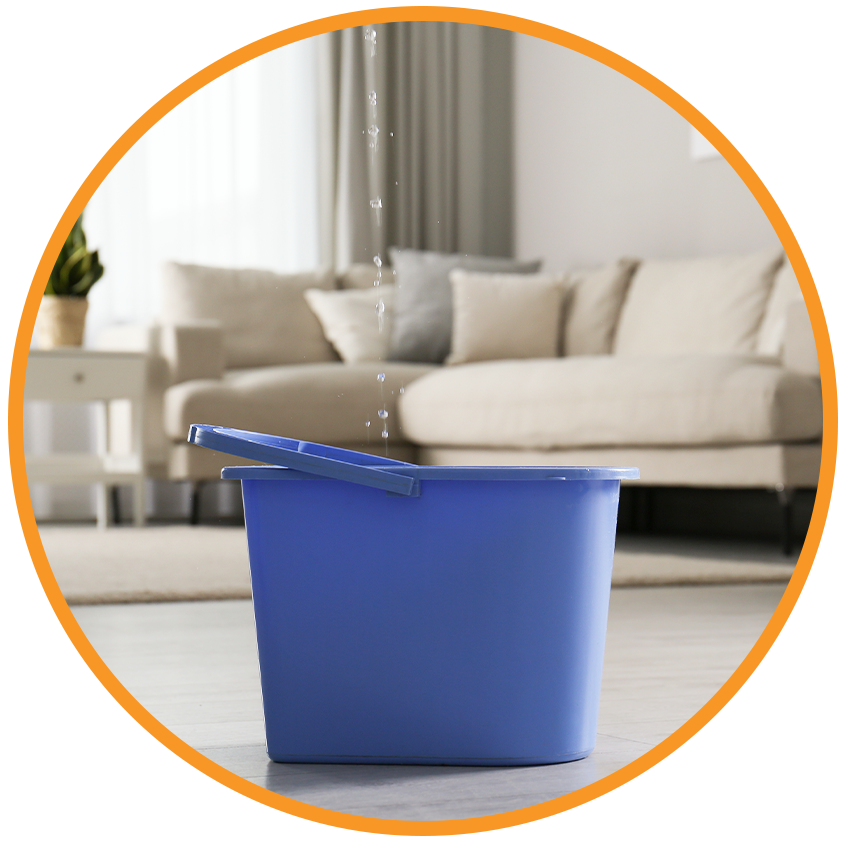Furniture stores in Houston cater to both indoor and outdoor needs, but many emphasize patio and exterior offerings to match local lifestyles. The region’s strong interest in al fresco entertaining and outdoor living means that many stores carry extended collections of lounge sets, dining ensembles, sectionals, umbrellas, and accessories.
Because of the seasonal demand and inventory cycles, furniture stores in Houston often run a targeted outdoor furniture sale—especially at the tails of peak season—allowing shoppers to lock in better prices on premium collections. These sales may apply to last-season colors, floor models, or slow-moving styles.
Tips for Finding a Great Outdoor Furniture Sale
When browsing a furniture store Houston, it’s wise to keep a few strategies in mind:
Shop off-peak: Late summer into early fall is often when stores mark down patio inventory to make room for new collections.
Inspect the sale items carefully: Because pieces are discounted, make sure finishes, welds, and fabric stitching are still solid.
Ask about warranties and parts: A sale price is great, but you’ll want assurance that cushions, frames, or hardware can be serviced later.
Bundle larger orders: Some stores will layer additional discounts or better shipping terms when you buy sets or multiple pieces.
Check store display models: Floor samples are often included in sale pricing, but may show wear—account for that when negotiating.
What to Look for in Houston Outdoor Pieces
Given Houston’s harsh sun, humidity, and occasional storms, the best outdoor furniture will balance style with resilience:
Rust-resistant frames — powder-coated aluminum or stainless steel helps prevent corrosion.
All-weather wicker or synthetic rattan — these mimic the look of natural wicker but hold up better in wet-dry cycles.
Teak or other dense hardwoods — when sealed and maintained, these woods can stand up to the elements.
Quick-dry, UV-resistant fabrics — cushions should be fade-resistant and able to handle occasional rain.
Modular or stackable designs — ease of rearranging or storing pieces helps extend their life.
When an outdoor furniture sale hits, these higher-end materials may come down to accessible price ranges—letting you invest in long-lasting pieces without paying full retail.
Why Summer Classics Stands Out in Houston
If you’re seeking refined outdoor furnishings combined with design expertise, Summer Classics is a standout destination. Their collections focus on blending elegance, durability, and comfort—ideal for Houston’s conditions. Whether you’re looking to outfit a rooftop terrace, courtyard, or sprawling backyard, their lines make it easier to build cohesive looks that last.


